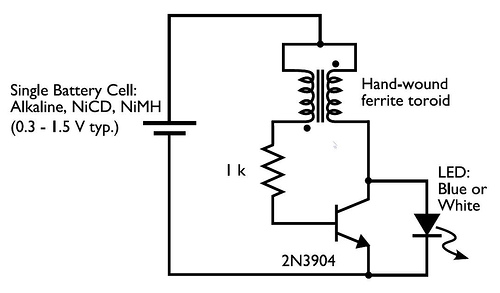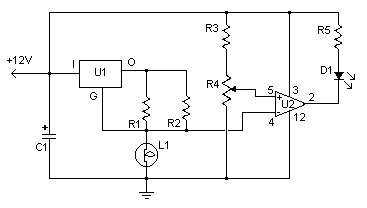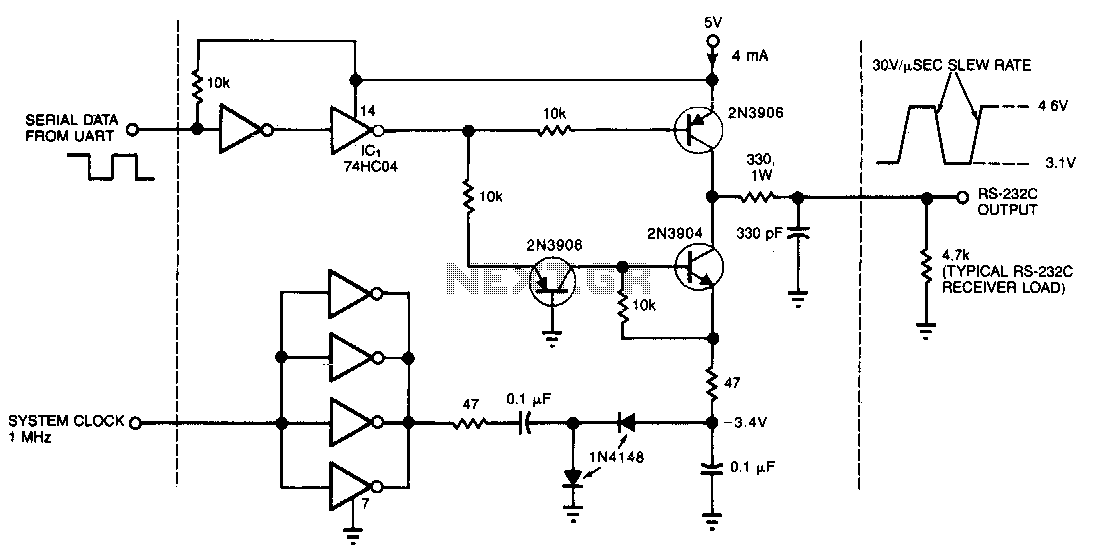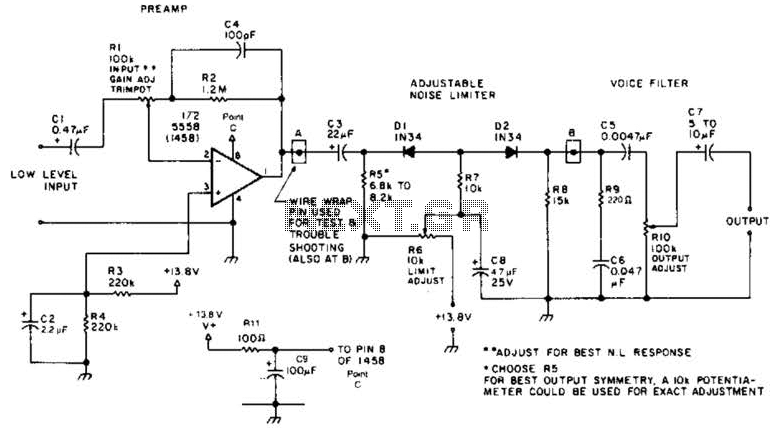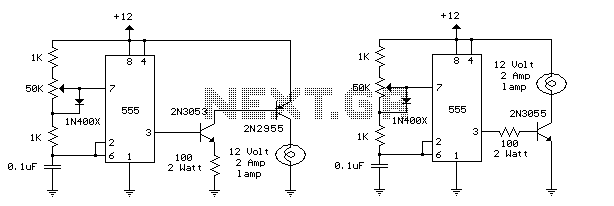
Low Frequency Antennas
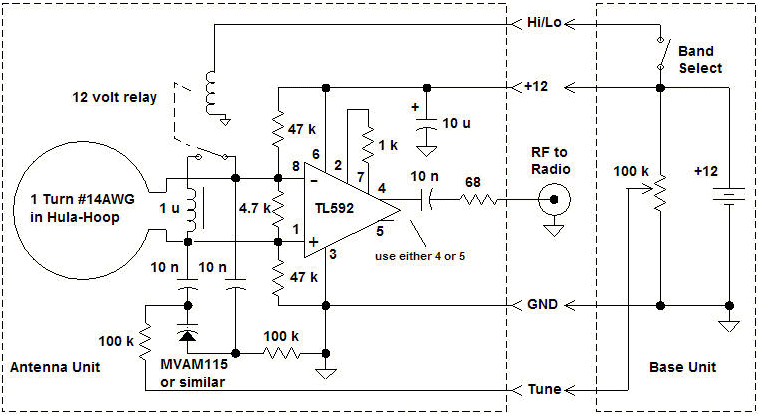
Homemade antennas can significantly enhance the performance of AM and FM radios, short-wave receivers, and scanners. For enthusiasts of talk radio, experimenting with AM band antennas can lead to the ability to receive broadcasts from across the country with surprising clarity. Short-wave receivers often struggle with weak signals and require a quality antenna to function effectively. Scanners can capture local police and two-way radio communications using the simple telescoping antenna provided; however, with better antennas, a scanner can become an extraordinary tool for monitoring nearby communications. No preamplifier, filter, or other receiver enhancement provides the same level of performance improvement that a well-designed antenna can deliver. The results can be highly rewarding, confirming that the effort invested in the project was worthwhile. Historically, designs that included an amplifier in the antenna were referred to as "antennafiers," so this might be termed a "loopifier." The differential amplifier addresses matching issues, while varactor tuning offers excellent out-of-band rejection even for lower-quality receivers. The effective common-mode rejection from the differential amplifier eliminates the necessity for shielding. This active antenna for the shortwave band yields remarkable performance, even from indoor locations. The main loop is constructed from a Hula-Hoop with the metallic paint removed, housing a single turn of 14 AWG copper wire. The hoops are essentially thin-walled plumbing tubes connected with a watertight fitting. The ends of the hoop are threaded through two holes in a plastic project box and joined together. A hole was drilled in the middle of the original black tubing connector to allow the ends of the insulated house wiring to be accessible. This single turn of wire has an inductance of approximately 4 µH. A few screws and some epoxy secure the loop in place, although the screws were added later, resulting in some cracking of the epoxy due to its poor adhesion to the tubing. The solid copper house wire is too rigid to connect directly to the circuit, necessitating the addition of several lengths of hookup wire. A small piece of tinned copper circuit board material accommodates the circuitry. Power is supplied by a molded power supply not depicted in the schematic. The circuit mitigates matching issues by utilizing a high-impedance differential amplifier (TL592) directly across the loop. Despite the presence of a 4.7 kΩ resistor that reduces the signal, the impedance transformation is on the order of 100:1, which is excessively high for a reasonably priced broadband balun. Although the TL592 is not the lowest noise amplifier available, the significant signal gain achieved makes the circuit noise contribution negligible. In fact, the amplifier operates at a low gain to prevent clipping, allowing most signals to push the signal meter beyond S-9. The performance of this antenna is impressive, with the signal strength measured while tuned to WWV at 10 MHz indicating superior reception compared to a vertical antenna mounted on the roof. However, it is important to note that the antenna does not perform miracles; atmospheric noise is also amplified, and the signal-to-noise ratio is influenced by the antenna's location and other conditions. Nonetheless, this indoor antenna consistently outperforms a rooftop whip, and when placed outdoors, it can significantly surpass the performance of the rooftop antenna, sometimes providing strong signals when the whip fails to detect any discernible output. Without the 4.7 kΩ resistor across the coil, the bandwidth was limited to 10 kHz at 5 MHz, resulting in a quality factor (Q) of 500. Future projects may explore enhancements to this design.
This active antenna design utilizes a loop configuration that capitalizes on its inductive properties to enhance reception across the shortwave band. The choice of materials, including the Hula-Hoop and copper wire, optimizes the antenna's performance while maintaining a lightweight and easily adjustable structure. The integration of the TL592 differential amplifier is critical, as it not only amplifies the received signal but also addresses impedance matching, which is essential for maximizing signal transfer and minimizing loss. The use of a high-impedance configuration allows for greater sensitivity to incoming signals, further enhancing the antenna's capability to pick up distant broadcasts. The design emphasizes practicality, with components readily available and easy to assemble, making it accessible for hobbyists and enthusiasts looking to improve their radio reception. The balance between performance and cost-effectiveness is achieved through careful selection of components and thoughtful circuit design, allowing for a significant enhancement in radio reception that can be realized in a home workshop setting.Home-made antennas can greatly improve the performance of AM and FM radios, short-wave receivers, and scanners. If you are a talk-radio fan then experiment with the AM band antennas and you will be able to hear shows from all over the country with surprising clarity.
Short-wave receivers are always coping with weak signals and they must have a good antenna to perform adequately. Scanners can pick up local police and two-way radio with the little telescoping antenna provided but with good antennas a scanner becomes an amazing ear on the world nearby. No pre-amp, filter or other receiver refinement offers anywhere near the level of performance improvement t that a well-designed antenna offers.
The results can be quite satisfying, leaving no doubt that the project was well worth the effort. In the past, designs that incorporated an amplifier in the antenna were called "antennafiers" so perhaps this is a "loopifier". The differential amplifier solves matching issues and the varactor tuning gives excellent out-of-band rejection for even cheap receivers.
I think the good common-mode rejection from the differential amplifier eliminates the need for a shield, too. This active antenna for the shortwave band provides surprising performance, even indoors. As the name implies, the main loop is made from a Hula-Hoop with the metallic paint stripped off and a single turn of 14AWG copper wire inserted inside the hoop.
(There isn`t any need to remove the paint; mine was flaking and I didn`t like the looks. Half way through I regretted my decision!) These hoops are basically thin-walled plumbing tubing with a water-tight connector holding the ends together. (Mine was actually filled with water to make a "swish-swish" sound, supposedly. ) The ends of the hoop pass through two holes in a plastic project box and are then joined together. A hole was drilled in the middle of the original black tubing connector to bring out the ends of the insulated house wiring (heavy white wires).
This single turn of wire has about 4 uH inductance. A couple of screws and some epoxy holds the loop in position. The screws were added as an afterthought, cracking the epoxy a bit, because the epoxy doesn`t really adhere to the tubing very well. The solid copper house wire is too stiff to connect directly to the circuit so a couple of lengths of hookup wire were added.
A little piece of tinned copper circuit board material holds the circuitry. The power is supplied by a molded power supply not shown. The circuit avoids matching issues by employing a high impedance differential amplifier (TL592) connected directly across the loop. Even with the Q-killing 4. 7k resistor, the impedance transformation is on the order of 100:1, an impractically high value for a broadband balun of reasonable cost!
Even though the TL592 isn`t the lowest noise amplifier ever designed and the resistor kills some of the signal, this configuration picks up so much signal that the circuit noise contribution is negligible! In fact, the amplifier is operating at a very low gain simply to avoid clipping and most signals push the signal meter well over S-9.
I`ve never heard so many stations! The picture to the right shows the signal strength with the antenna tuned to WWV at 10 MHz with the antenna and receiver sitting on the kitchen table. That beats the nice vertical on my roof. Don`t be misled, however; the antenna doesn`t perform miracles. The atmospheric noise is also amplified so the signal-to-noise does depend on the location of the antenna and other conditions.
Nevertheless, this indoor antenna has consistently outperformed my rooftop whip and when moved outside, it "blows away" the rooftop antenna, in some cases giving a strong signal when the whip gave no discernable signal at all. (Without the Q-killing 4. 7k resistor across the coil, the bandwidth was only 10 kHz at 5 Mhz. That`s a Q of 500! There might be some future projects t 🔗 External reference
This active antenna design utilizes a loop configuration that capitalizes on its inductive properties to enhance reception across the shortwave band. The choice of materials, including the Hula-Hoop and copper wire, optimizes the antenna's performance while maintaining a lightweight and easily adjustable structure. The integration of the TL592 differential amplifier is critical, as it not only amplifies the received signal but also addresses impedance matching, which is essential for maximizing signal transfer and minimizing loss. The use of a high-impedance configuration allows for greater sensitivity to incoming signals, further enhancing the antenna's capability to pick up distant broadcasts. The design emphasizes practicality, with components readily available and easy to assemble, making it accessible for hobbyists and enthusiasts looking to improve their radio reception. The balance between performance and cost-effectiveness is achieved through careful selection of components and thoughtful circuit design, allowing for a significant enhancement in radio reception that can be realized in a home workshop setting.Home-made antennas can greatly improve the performance of AM and FM radios, short-wave receivers, and scanners. If you are a talk-radio fan then experiment with the AM band antennas and you will be able to hear shows from all over the country with surprising clarity.
Short-wave receivers are always coping with weak signals and they must have a good antenna to perform adequately. Scanners can pick up local police and two-way radio with the little telescoping antenna provided but with good antennas a scanner becomes an amazing ear on the world nearby. No pre-amp, filter or other receiver refinement offers anywhere near the level of performance improvement t that a well-designed antenna offers.
The results can be quite satisfying, leaving no doubt that the project was well worth the effort. In the past, designs that incorporated an amplifier in the antenna were called "antennafiers" so perhaps this is a "loopifier". The differential amplifier solves matching issues and the varactor tuning gives excellent out-of-band rejection for even cheap receivers.
I think the good common-mode rejection from the differential amplifier eliminates the need for a shield, too. This active antenna for the shortwave band provides surprising performance, even indoors. As the name implies, the main loop is made from a Hula-Hoop with the metallic paint stripped off and a single turn of 14AWG copper wire inserted inside the hoop.
(There isn`t any need to remove the paint; mine was flaking and I didn`t like the looks. Half way through I regretted my decision!) These hoops are basically thin-walled plumbing tubing with a water-tight connector holding the ends together. (Mine was actually filled with water to make a "swish-swish" sound, supposedly. ) The ends of the hoop pass through two holes in a plastic project box and are then joined together. A hole was drilled in the middle of the original black tubing connector to bring out the ends of the insulated house wiring (heavy white wires).
This single turn of wire has about 4 uH inductance. A couple of screws and some epoxy holds the loop in position. The screws were added as an afterthought, cracking the epoxy a bit, because the epoxy doesn`t really adhere to the tubing very well. The solid copper house wire is too stiff to connect directly to the circuit so a couple of lengths of hookup wire were added.
A little piece of tinned copper circuit board material holds the circuitry. The power is supplied by a molded power supply not shown. The circuit avoids matching issues by employing a high impedance differential amplifier (TL592) connected directly across the loop. Even with the Q-killing 4. 7k resistor, the impedance transformation is on the order of 100:1, an impractically high value for a broadband balun of reasonable cost!
Even though the TL592 isn`t the lowest noise amplifier ever designed and the resistor kills some of the signal, this configuration picks up so much signal that the circuit noise contribution is negligible! In fact, the amplifier is operating at a very low gain simply to avoid clipping and most signals push the signal meter well over S-9.
I`ve never heard so many stations! The picture to the right shows the signal strength with the antenna tuned to WWV at 10 MHz with the antenna and receiver sitting on the kitchen table. That beats the nice vertical on my roof. Don`t be misled, however; the antenna doesn`t perform miracles. The atmospheric noise is also amplified so the signal-to-noise does depend on the location of the antenna and other conditions.
Nevertheless, this indoor antenna has consistently outperformed my rooftop whip and when moved outside, it "blows away" the rooftop antenna, in some cases giving a strong signal when the whip gave no discernable signal at all. (Without the Q-killing 4. 7k resistor across the coil, the bandwidth was only 10 kHz at 5 Mhz. That`s a Q of 500! There might be some future projects t 🔗 External reference
